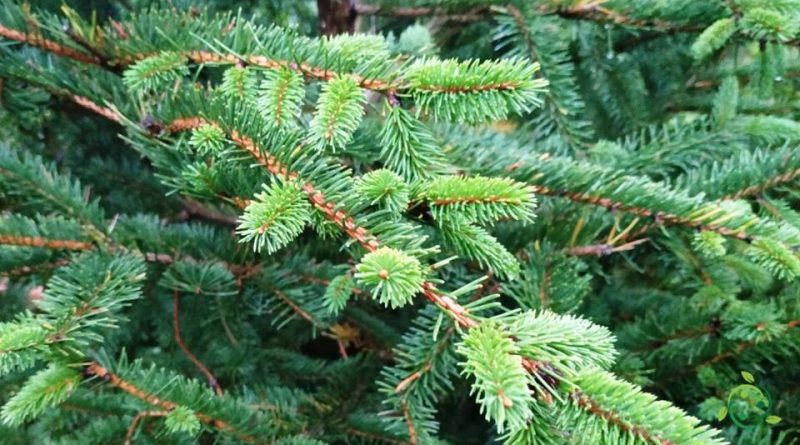How the spruce reproduces
How the spruce reproduces
The spruce (Picea abies (L.) H. Karst., 1881) is a tree of the Pinaceae family, widespread in the Alps, as well as in the rest of Europe.
This plant is native to the boreal climate zones of Europe, from the Maritime Alps through north-central Europe to the Urals.
In Italy, spruce trees are present throughout the Alps.
The spruce is a monoecious plant with cones that develop in spring; the yellow male ones are found in the armpit of the lateral needles, the female cones in the terminal position of a purplish-red, initially erect; after pollination they become pendulous, lengthen up to 15 cm and when ripe they are almost shiny light brown in color.
This sheet describes the reproduction technique while for the details of cultivation see the following sheet.
Playback –
The reproduction of Picea abies is done from seed. It is not possible to reproduce by cuttings as the branches do not have the ability to root.
It is advisable to carry out sowing on single wide and low pots using a substrate formed by peat and sand in the ratio of one to one.
The optimal sowing period is autumn and you can leave the pot outside, taking care, however, to keep the substrate always moist but not impregnated with water.
The germination of the young seedlings will take place in the spring.
At this point, the young seedlings must be left to grow in the seed pot for the whole season, fertilizing them with a liquid organic fertilizer for green plants once every fortnight.
The transplant can be carried out the following year, in spring, in single pots or in the ground.
Uses –
Picea abies is a plant of great forestry and technical use. Its high quality, yellowish-white, soft wood is mainly used in the construction sector. Thanks to its exceptional resonance properties, it is used in violin making for the construction of soundboards and sound boxes for musical instruments.
Furthermore, turpentine used in the paint and cosmetics industry is obtained from the resin.

